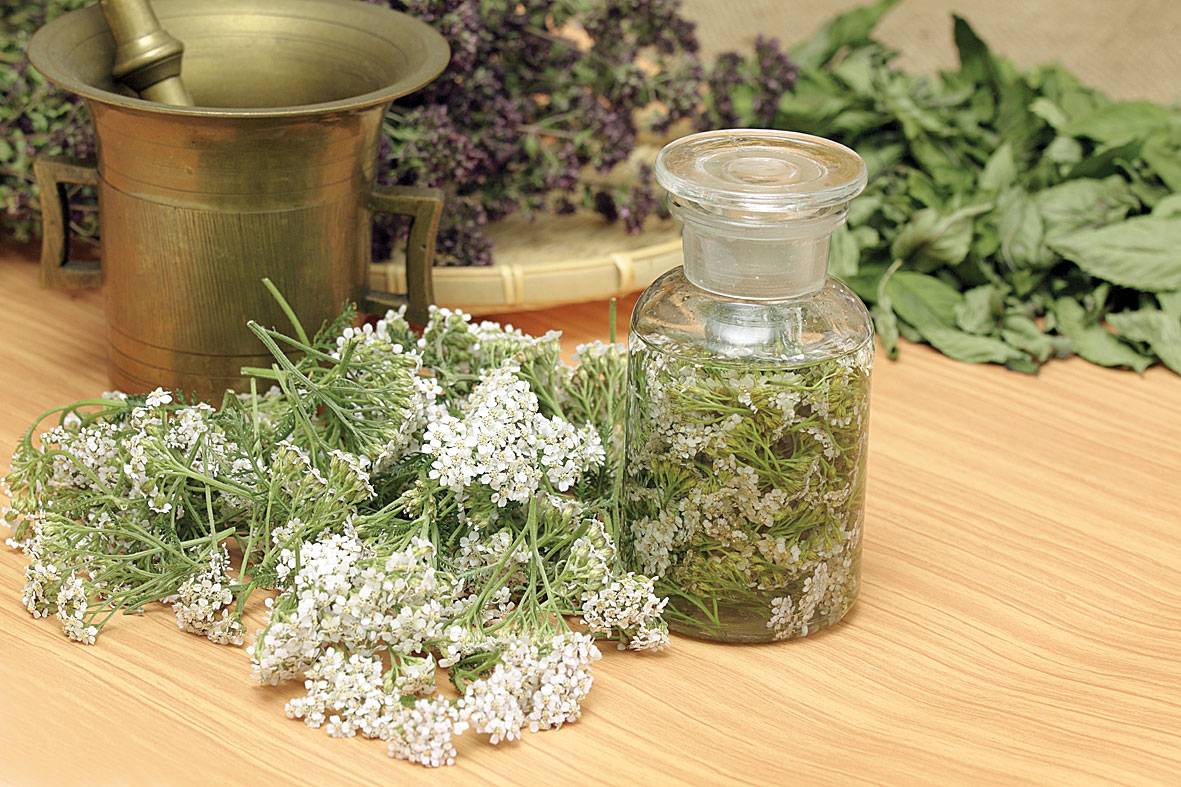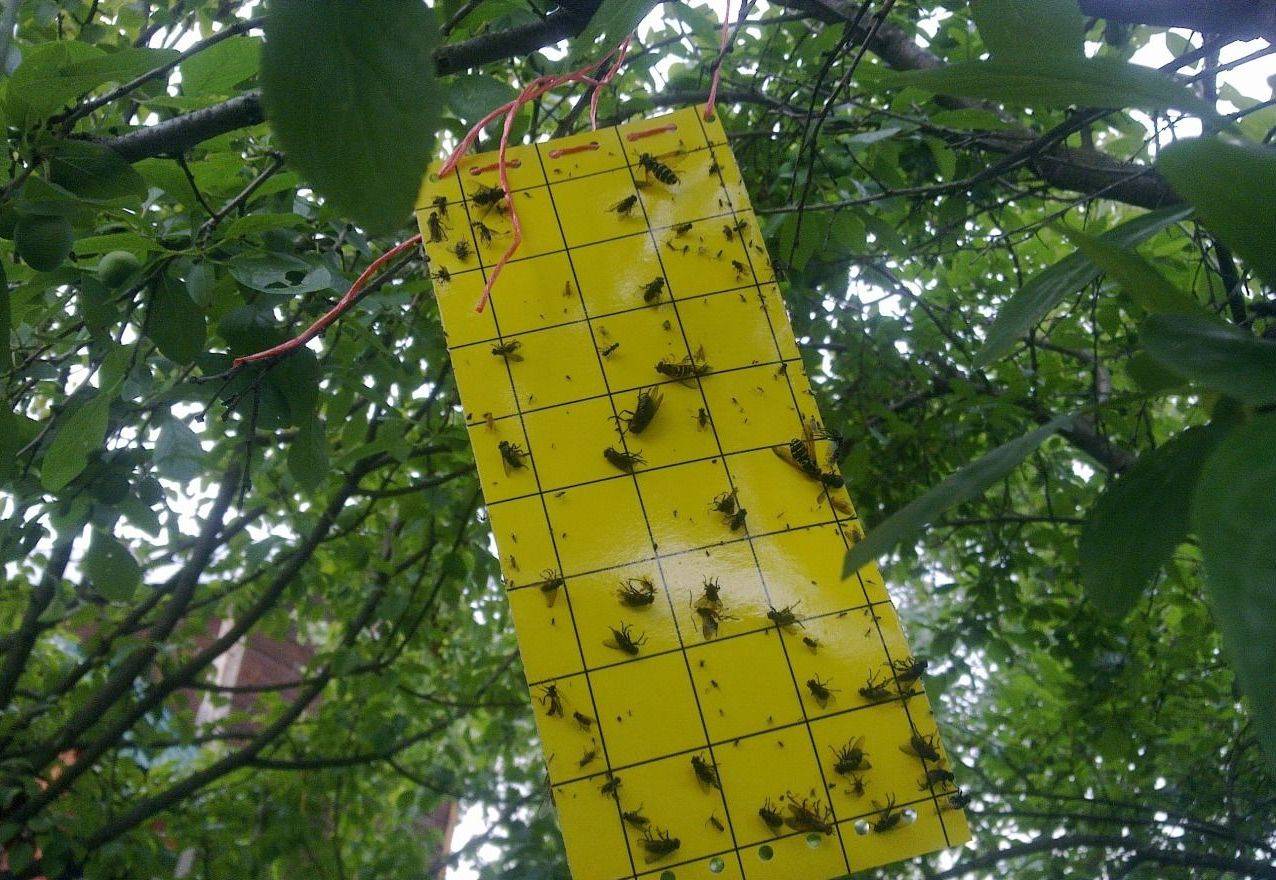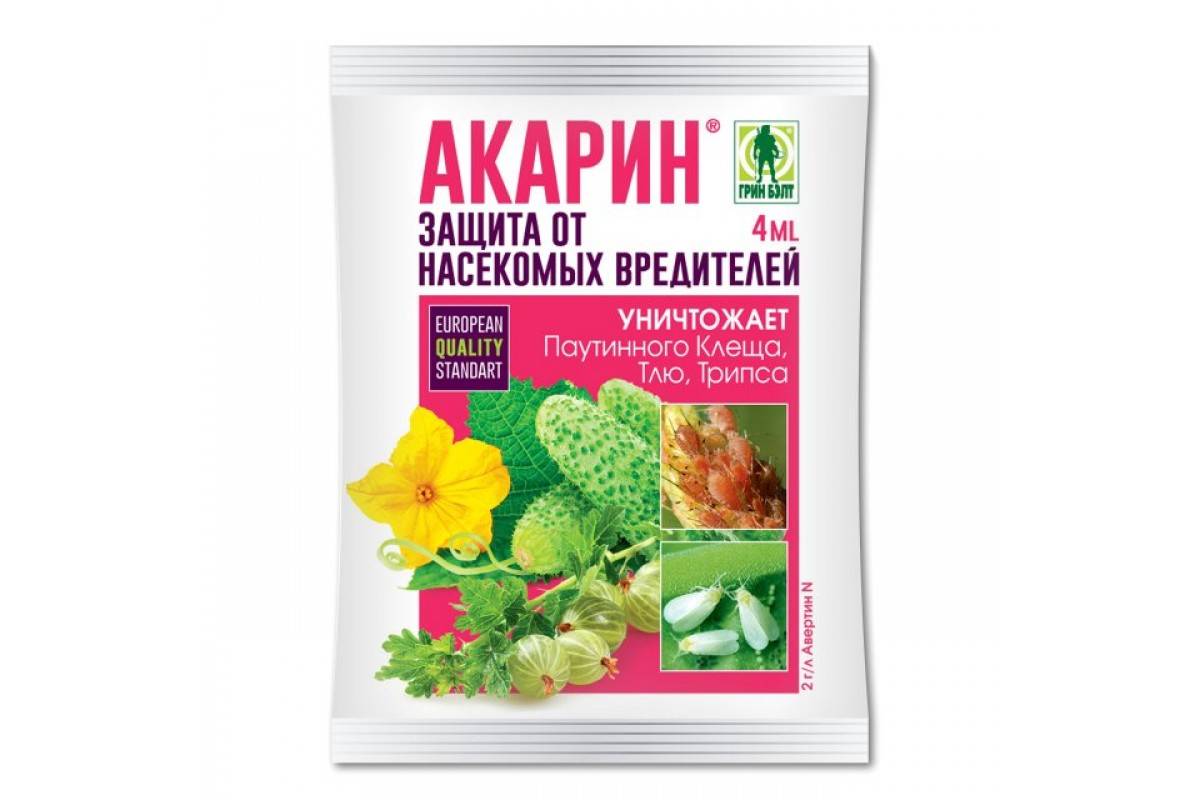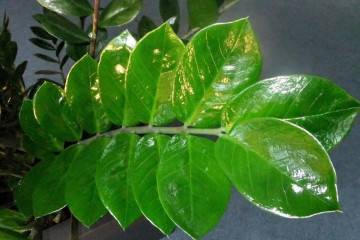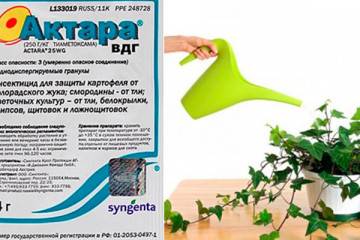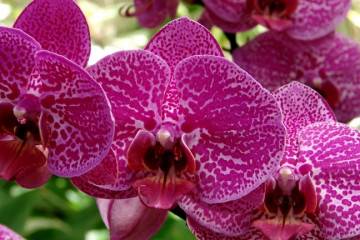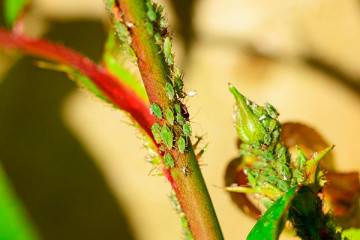Whitefly on indoor plants - how to deal with it at home
Content:
Ornamental plants are grown in almost every home. Unfortunately, despite the love and care, some plants get sick from time to time. It is pleasant to consider the whitefly as the scourge of the grower. A fairly common question among florists: how to get rid of whitefly on indoor flowers at home.
Whitefly on indoor plants: how to fight at home
Whitefly is the common name for a large family of insects that possess two pairs of white wings. In biology, this family is called Aleurodida. Today, there are about 1,500 varieties around the world. They adapt to almost all habitat conditions. They can be found in gardens and greenhouses, as well as houses and apartments. If they are not destroyed in a timely manner, the plants will die.
Those representatives that are found in Russia visually resemble a moth. The body is 1.3 to 3 mm long. Their whole life passes on plants, since they feed on sap, and multiply there.
Most of all, whiteflies love to feast on begonias, fuchsia, geraniums and passionflower. But the absence of those will not upset them much, they will settle on other ornamental plants.
External signs of infection
These parasites need to be feared and immediately get rid of them. Before you do anything, it is important to make sure that this is indeed a whitefly.
The main signs of infection:
- A gray, dense bloom (mold) forms on the underside of the leaves.
- All plant fragments are covered with spots.
- Sometimes adults can be seen on the plant.
- Soon after the stains appear, the culture fragments begin to dry out and fall off.
Causes of pests
The main provoking factors that contribute to the appearance of insects are high temperatures and humidity. That is why pest infestation most often occurs in the summer, especially in rainy weather.
As practice shows, whiteflies are more often found not on the streets, but at home, in greenhouses. This is due to less air circulation than in open areas. Insects are killed by a drop in air temperature to + 10 degrees Celsius.
Biological remedies for whitefly for indoor plants
You can remove insects with the help of biologically active preparations. The assortment is incredibly large, the principle of operation is different for each. The essence of the biological method is to irrigate plants with various natural compounds.
If a whitefly appears on home flowers, how to get rid of, you need to choose from the following methods.
Treatment of plants with tar soap
It is recommended to pre-grind the bar on a grater and fill it with water in a ratio of 1 to 6. Pour part of the resulting solution into a spray bottle and irrigate the diseased culture with it. Beat the remaining solution into a foam and apply it to the back of the leaves. Repeat the procedure at intervals of 10 days.
Yarrow tincture treatment
Take 100 grams of a fresh plant and pour 1 liter of warm purified water. The resulting composition is insisted for 2-3 days. After that, the composition is ready for use, a sick flower is irrigated with it. Process at intervals of 2-3 weeks.
Folk remedies in the fight against whiteflies
Folk remedies will also help to rid ornamental plants from pests. Their principle of action is somewhat different, since the active compounds affect directly the insects, and not the plant.
Traps
Effective pest traps are now commercially available. The principle of operation is similar to the fly tape. The yellow layer of glue attracts pests. They stick and die.
Water
Insects do not stick tightly to the leaves, so regular and thorough flushing of the plants will help get rid of the misfortune. After the procedure, it is recommended to remove the top layer of soil and add a new soil mixture.
Exposure to low temperatures
Insects are afraid of the cold, so for a short time the plants need to be taken outside or in cool rooms. The procedure will need to be performed several times, since it will not be possible to destroy the eggs at one time.
If the situation is out of control, it is recommended to immediately purchase industrial chemicals.
Chemicals in the fight against whitefly
The most effective way to control insects is to use chemicals. The principle of action is based on the fact that the sap of a plant changes its chemical composition, it becomes poisonous for insects.
The following compositions are especially popular:
- Acarin is applied to the plant, most carefully processing the lower part of the leaves.
- Confidor is a very effective tool. Use strictly according to the instructions. As a rule, one use is enough to achieve a stable positive result. The main active ingredient is imidacloprid.
Many more positive reviews can be seen about the drug Aktara.
Preventive measures against whitefly
It is always easier to prevent a problem than to deal with it. To reduce the likelihood of damage to plants by whitefly, the following preventive measures should be taken:
- Regular airing. In well-ventilated areas, pests have little chance of lingering.
- Do not place the plants too closely together. Where the concentration of indoor plants is higher, there is a greater likelihood of getting sick. The distance between the colors must be strictly observed.
- Do not irrigate the plants too often, as high humidity levels are a prerequisite for pest infestation.
Without a doubt, we can say that the whitefly is the death of flora. Even strict adherence to preventive measures does not give a 100% guarantee that the plant will not be affected.



